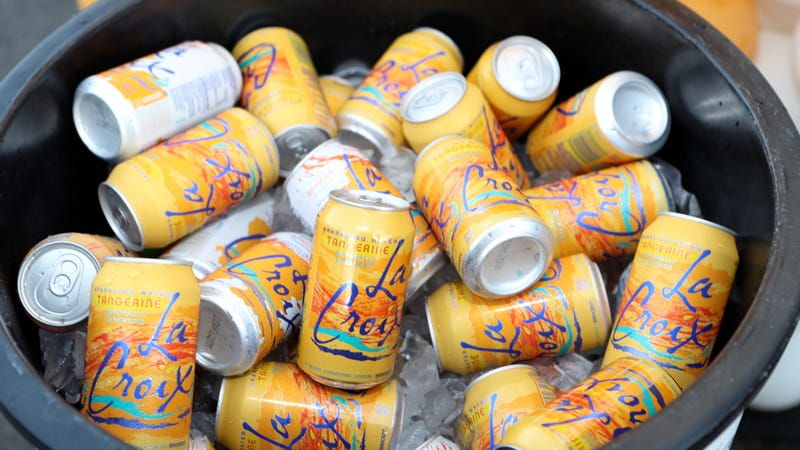 Photo: Getty Images
Photo: Getty Images
Odds are pretty good that you have consumed a food or beverage item in the past 24 hours containing some sort of “natural flavors.” In fact, there’s a non-zero chance you are ingesting one right now. The term is a catch-all for an enormous number of different ingredients, but the ambiguity of the label does not make any one processed food or drink product an unsolvable enigma.
Unless, apparently, the food product in question is La Croix, the extremely normal, Midwestern brand of flavored sparkling water which has become an annoyingly trendy status symbol and “lifestyle brand.” Earlier this week, a Wall Street Journal article supposedly cracked the brand’s code and revealed what its natural flavors are, while extensively quoting people who seem to have walked out of a Harry Potter-themed La Croix ad.
La Croix would only tell the paper its natural flavoring is “essence” and that “essence is — FEELINGS and Sensory Effects!” We’ll get to what essence actually is in a second, but here’s what its customers think it is.
“Essence is, like, a combination of hint and aftertaste,” Antony Merkel, a 31-year-old Los Angeles resident who said he drinks 10 cans of La Croix a day, breathlessly told the Journal.
“You definitely recognize the flavors that are there, but it doesn’t feel like you’re drinking a product of that,” Merkel continued. “It’s not a grapefruit juice, or something of a grapefruit. It’s a little intangible, which is kind of the appeal. I have no idea what it is.”
“Essence is fairies in a warehouse somewhere dancing with fruits, and suddenly you have this amazing drink,” 35-year-old Atlanta social media manager Miranda Wicker added. “… There are just some things we don’t need to know.”
Because La Croix is the Game of Thrones of non-alcoholic beverages, the story was immediately picked up by a number of other outlets. But again, there’s no mystery here, just marketing..
Natural flavoring is any sort of chemical originally extracted or distilled from a natural source—rather than artificially synthesized—to create a concentrate that is then used in the manufacturing of a food or drink. Sometimes, they’re mixed with other additives, some of which are synthetic, before being added to food and drink.
“Essence” in this context is just a catchy term for essential oil, the concentrated form of the chemicals which give a plant its fragrance. Some essential oils are useful in medicine as antiseptics or anesthetics, while others are often used in industrial processes, cosmetics and hygienic products. Because they’re highly concentrated, they’re an invaluable part of the food industry: Essential oils can be distilled and packaged wherever it is logistically easiest and sold off for use in a huge variety of products.
So there’s your natural flavoring! The magical essence behind La Croix is nothing more than a marketing buzzword to describe the same manufacturing processes behind almost all processed foodstuffs. It is fruit skins and rinds that have been crushed up and heated until the mix releases its essential oils.
Also, this information was freely available on La Croix’s website the whole time.
[Buzzfeed, Wall Street Journal]